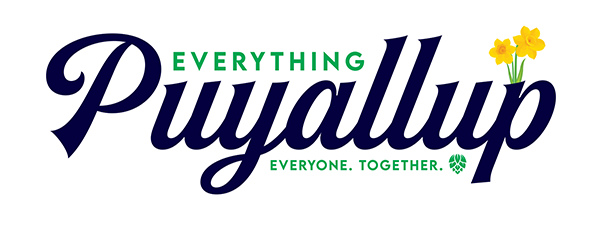From its early days, when vast old-growth forests and formidable log jams defined the landscape, the indomitable spirit of its settlers shaped the valley into a thriving community. Despite the dense forest, the discovery of being near the already bustling town of Puyallup marks an amusing start to this historic exploration.
Early Settlement and the Pioneers
The settlement of Puyallup Valley began with the first wagon train crossing the Cascades in 1853, an era that brought both opportunity and conflict. The Medicine Creek Treaty and subsequent Native American War saw settlers seeking refuge. Yet, it was during these tumultuous times that figures like Ezra Meeker would look upon the valley with renewed interest.
Meeker, initially dismissive of the valley, would later become instrumental in its development, showcasing the dynamic and evolving nature of early community formation and resilience amidst adversity.
The Hop Industry and Economic Boom
The transformation of Puyallup Valley into an economic hub began with the hop industry, catalyzed by Charles Wood and the Meeker family. The initial success of hop farming, attracting a diverse workforce, and labeling Ezra Meeker as the “Hop King of the World” set a booming economic narrative. However, like many tales of rapid growth, the emergence of hop lice dealt a swift blow, ending the hop boom and opening the door to agricultural diversification that would define the valley’s economic future.
The Role of Education in Puyallup’s Development
The growth of Puyallup didn’t just rely on hops; education played a pivotal role in the community’s development. From its humble beginning in a blockhouse to a school district boasting over 19,000 students today, education has been a cornerstone of the Puyallup Valley. This commitment to learning and growth is reflected in the evolution from a single-room school to a network of educational institutions, underpinning the valley’s broader progress from its agrarian roots to a diverse urban community.
City Incorporation and Urban Development
The legal incorporation of Puyallup as a city marked a significant milestone in its development journey. Despite initial legal hurdles, the formal establishment solidified Puyallup’s status as a growing urban center. The construction of infrastructure, such as wooden sidewalks and the licensing of businesses, highlighted the community’s aspirations towards modern development and governance, fostering a sense of identity and forward momentum for its residents.
Diversification of Agriculture and Economic Resilience
The transition from a hop-based economy to a diversified agricultural landscape underscored Puyallup’s resilience. The switch to berry farming and the subsequent growth of fruit associations and canneries revitalized the valley’s economy and set a precedence for agricultural innovation. Today, Puyallup honors its rich agricultural heritage through celebrated events like the Western Washington Fair and the Daffodil Festival, blending historical roots with contemporary community spirit and economic diversification.
Puyallup Valley: A Legacy of Growth and Community
Puyallup Valley’s journey encapsulates the essence of growth, resilience, and community, from its early days marked by dense forests and log jams to a bustling city with a diverse economic base. This history is not just a story of the past but a foundation for future generations, continuing to shape the valley into a vibrant place to live, work, and celebrate its unique heritage.

